Ideas Without Actions Don’t Do Anybody Any Good
“I AM A PERSON OF ACTION.”
“My future is immediate. I will grasp it with both hands and carry it with running feet. When I am faced with the choice of doing nothing or doing something, I will always choose to act!”
Colonel Joshua Lawrence Chamberlain
From the book “The Travelers Gift” by Andy Andrews

We are already almost a month into the new year. It is crazy how fast time goes and there are so many things that I want to do this year. It seems like it was just yesterday that we were celebrating Christmas and beginning the process of looking forward to the new year. I have some big plans for this year so we have to get to work.
I was a dreamer at an early age. I had big ideas and plans for my life. Then there was a portion of my life where I became disillusioned and accepted that my dreams were just that…dreams that couldn’t and wouldn’t come true. I decided that I was just kidding myself the whole time. Then in 2012 I had “A Life Changing Wakeup Call” and realized that I had gotten sucked into the world of doubt. I had given up and quit dreaming. I was just accepting what life was giving me and that was just the way it was. Since the accident I have become reenergized about dreaming and about life. It’s great to be excited about life again!
One of the conclusions that I came to after this accident was that dreams are just dreams if there isn’t any action taken. It can be hard for those of us that are dreamers to move things from ideas to doing. This is where the ‘rubber meets the road’ or in builder lingo where the nail meets the board. I told you in a previous blog, “Using Core Values as My Life Filter”, that I would come back to the ‘Core Values’ and here we are. One of those core values is “Intentional Action”. This is a simple, straight forward value, but it requires me to move things from the dream to the action. This part is critical to the outcome. It is like seeing a beautiful picture of a dream home, but never being able to live in it if you don’t start nailing boards together.
Another self-realization that I discovered was my tendency toward planning. I like to plan. I can plan things to death if I’m not careful. It’s good to have a plan to avoid as many problems as possible, but finding a balance in planning and doing is important. Planning is like dreaming, nothing is built until you physically move some boards and swing the hammer. Like dreaming, planning requires action to get things accomplished.
As I was recovering from the accident I had time to reflect. I discovered things about myself that I naturally knew, but hadn’t slowed down long enough to evaluate. This time of self-discovery was a big help to me and was one of the Intentional Actions that I then began to implement regularly. I know that everyone of us is different and we all have our own individual strengths and weaknesses. This is why it is important to give some time to knowing yourself. It is easy to get sucked into the daily routines of living our lives, but if we hope to achieve our purpose in life we need to be Intentional in our Actions. In the next Life blog, we will discuss “Finding and Maintaining the Balance in Everything”.



 I was involved in a situation this week that is a good example of what can happen when there is little or no communication. I was in small claims court as a witness in a double law suit between a building contractor and their customer. The contractor sued for an unpaid balance for work performed. The customer counter-sued for inadequate and poor-quality workmanship. Both parties had legitimate claims and neither party won. When everything was over they both dropped their suits. What could have, no should have, been an enjoyable and rewarding experience for both, ended as a losing situation for everyone involved. This whole mess could have been avoided had they started communicating in the beginning. There was no written agreement of any kind, just a verbal agreement with an hourly rate. This left too many unanswered questions and assumptions.
I was involved in a situation this week that is a good example of what can happen when there is little or no communication. I was in small claims court as a witness in a double law suit between a building contractor and their customer. The contractor sued for an unpaid balance for work performed. The customer counter-sued for inadequate and poor-quality workmanship. Both parties had legitimate claims and neither party won. When everything was over they both dropped their suits. What could have, no should have, been an enjoyable and rewarding experience for both, ended as a losing situation for everyone involved. This whole mess could have been avoided had they started communicating in the beginning. There was no written agreement of any kind, just a verbal agreement with an hourly rate. This left too many unanswered questions and assumptions.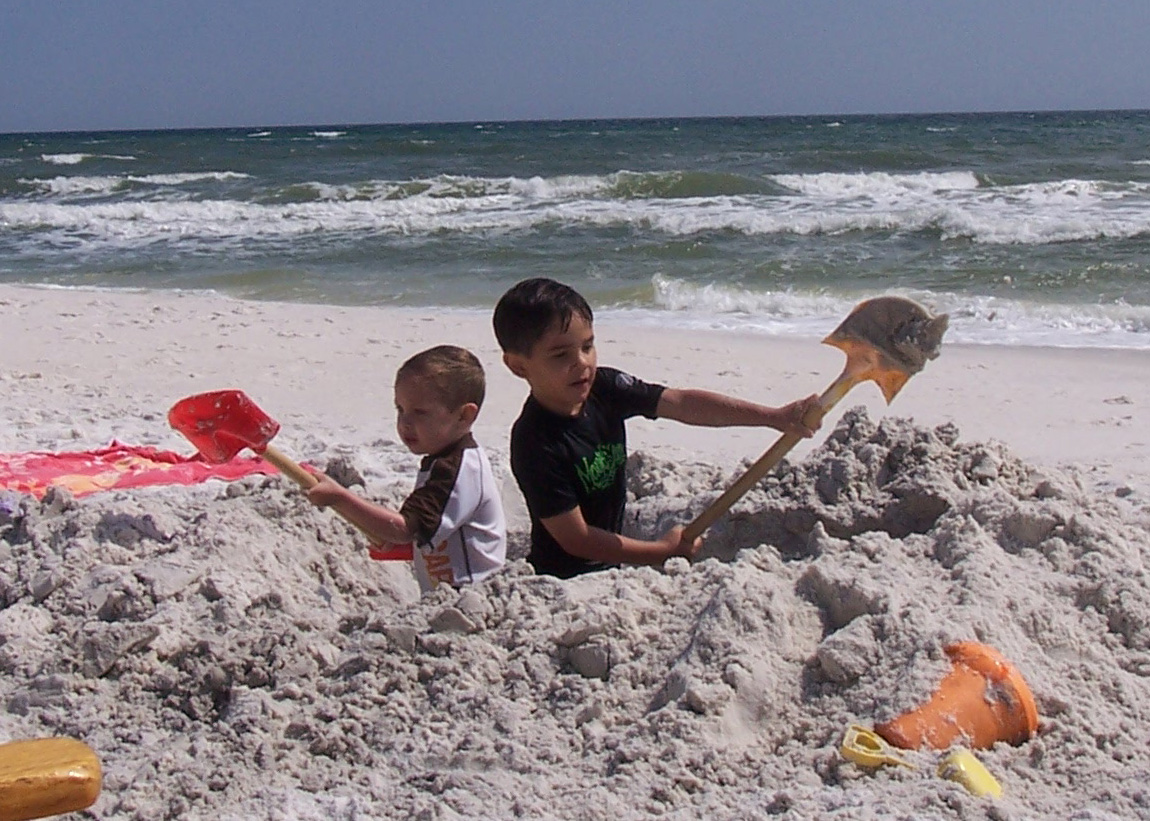
 The last several years I have been working hard to figure out who exactly God has designed me to be. What are my strengths and what are my weaknesses. As I have worked through this process I have reached the conclusion that God’s intended purpose for me is helping as many people as possible find solutions for building their dreams, even when they may not know they’re looking for them.
The last several years I have been working hard to figure out who exactly God has designed me to be. What are my strengths and what are my weaknesses. As I have worked through this process I have reached the conclusion that God’s intended purpose for me is helping as many people as possible find solutions for building their dreams, even when they may not know they’re looking for them.


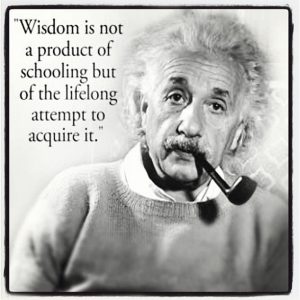 I have always seen wisdom as just knowing the right things to do. Not some old sage living all alone in a cave on a mountain that has all of the answers to life’s questions. However, the more I think about it, the more I wonder if this image isn’t pretty close to what wisdom actually is like. Let’s break this down and look at it.
I have always seen wisdom as just knowing the right things to do. Not some old sage living all alone in a cave on a mountain that has all of the answers to life’s questions. However, the more I think about it, the more I wonder if this image isn’t pretty close to what wisdom actually is like. Let’s break this down and look at it.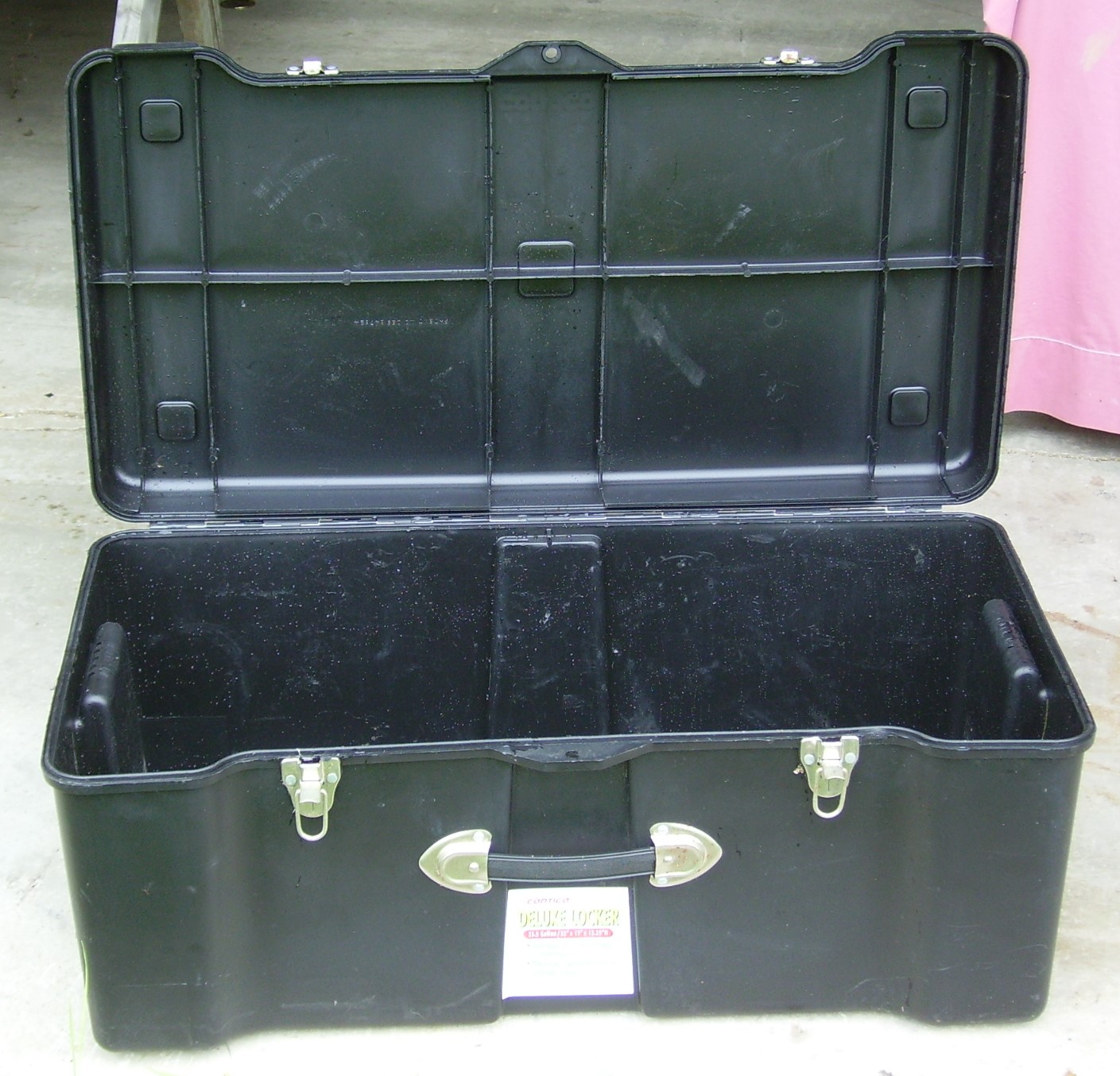

 During my thirty-five plus years of continually working to achieve and maintain some level of control I have used a whole lot of different tools. Some were old school some high tech. To this point the best tool I have found for organizing and communicating is Microsoft OneNote. This tool is great for organizing and communicating. It does so much, so well, that I don’t need a bunch of different apps that do different things and don’t sync well across different systems and devices.
During my thirty-five plus years of continually working to achieve and maintain some level of control I have used a whole lot of different tools. Some were old school some high tech. To this point the best tool I have found for organizing and communicating is Microsoft OneNote. This tool is great for organizing and communicating. It does so much, so well, that I don’t need a bunch of different apps that do different things and don’t sync well across different systems and devices.

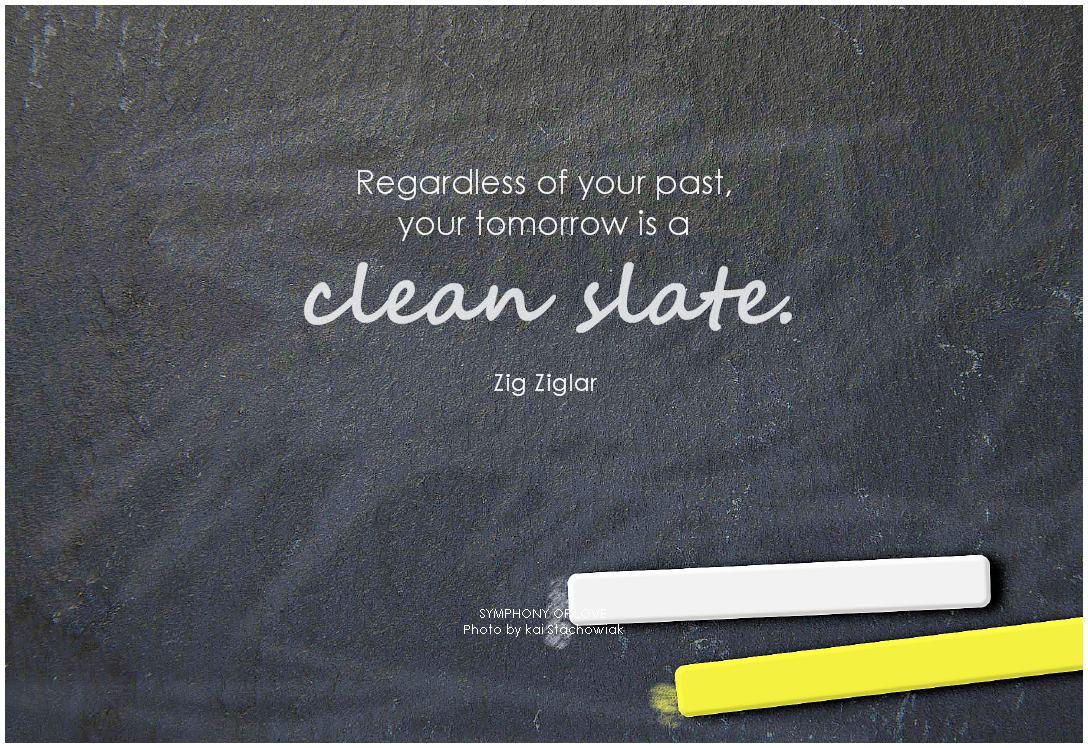
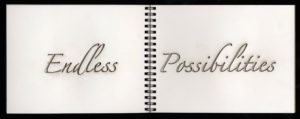

 Don’t be a turkey. Make a plan before you start across the road and stick with it. Don’t stop in the middle of the road. You can continue to improve on the plan every day if you keep moving.
Don’t be a turkey. Make a plan before you start across the road and stick with it. Don’t stop in the middle of the road. You can continue to improve on the plan every day if you keep moving.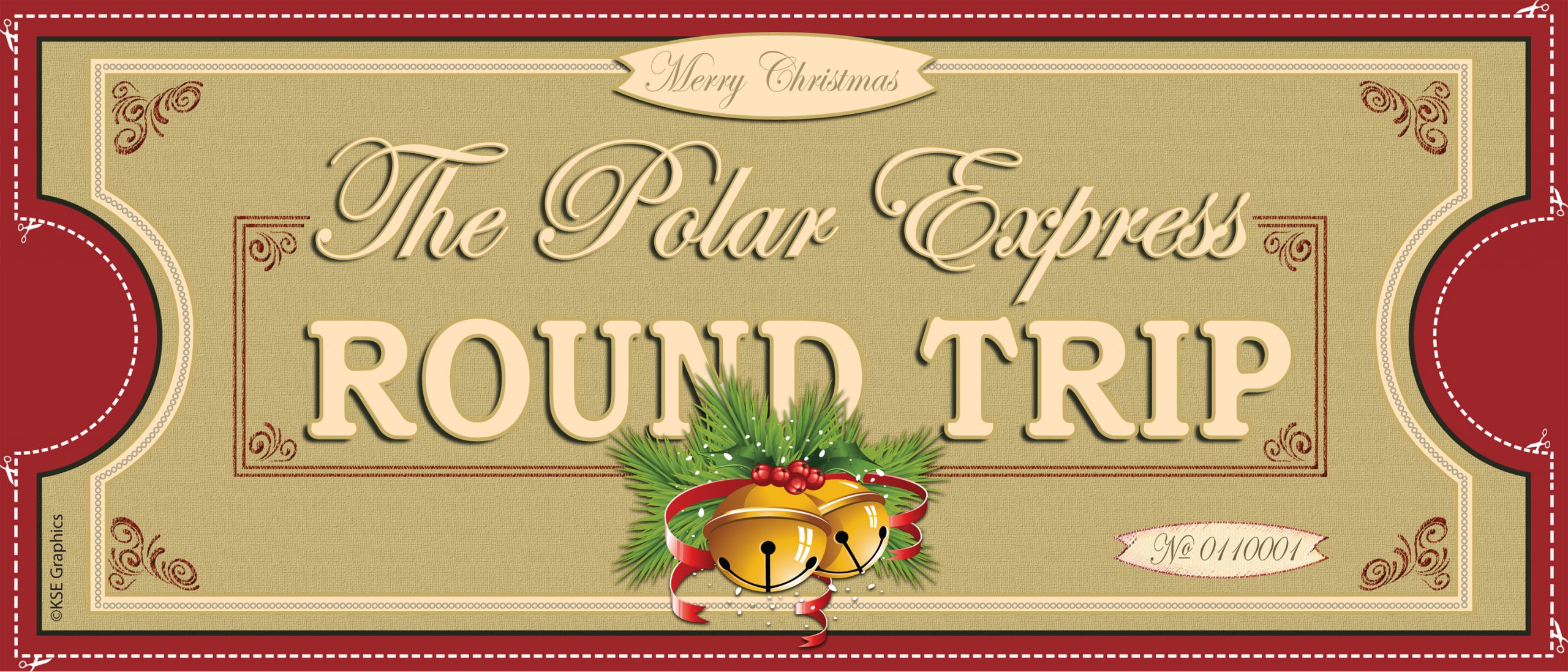
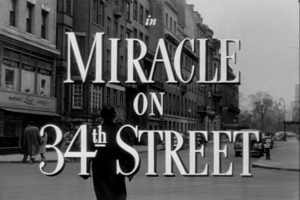 I love Christmas time and especially Christmas movies. There are the classics of course; Miracle on 34th St., White Christmas, A Christmas Carol, It’s a Wonderful Life, etc. There are a bunch of TV Christmas movies that are really good as well. Then there are some great shorter animated Christmas shows; Rudolph the Red Nose Reindeer, Frosty the Snowman, A Charlie Brown Christmas, How the Grinch Stole Christmas, etc. My wife and I are big movie fans anyway and at Christmas time we try to watch as many Christmas movies as we can.
I love Christmas time and especially Christmas movies. There are the classics of course; Miracle on 34th St., White Christmas, A Christmas Carol, It’s a Wonderful Life, etc. There are a bunch of TV Christmas movies that are really good as well. Then there are some great shorter animated Christmas shows; Rudolph the Red Nose Reindeer, Frosty the Snowman, A Charlie Brown Christmas, How the Grinch Stole Christmas, etc. My wife and I are big movie fans anyway and at Christmas time we try to watch as many Christmas movies as we can.

 DESIGN – When considering design, it is more about function and appearance. There are a huge variety of options available to choose from. This is one reason to start with a clear why. Design is an area that can make a big difference in the finished project. You need to be careful though because it is easy for the ‘bells and whistles’ to push the price beyond your budget.
DESIGN – When considering design, it is more about function and appearance. There are a huge variety of options available to choose from. This is one reason to start with a clear why. Design is an area that can make a big difference in the finished project. You need to be careful though because it is easy for the ‘bells and whistles’ to push the price beyond your budget. grilles. It may also be that you hope to change the view when looking through the windows. Grilles are a great way to do this.
grilles. It may also be that you hope to change the view when looking through the windows. Grilles are a great way to do this. Wood – I like its stability and the option of having a stained wood interior.
Wood – I like its stability and the option of having a stained wood interior.